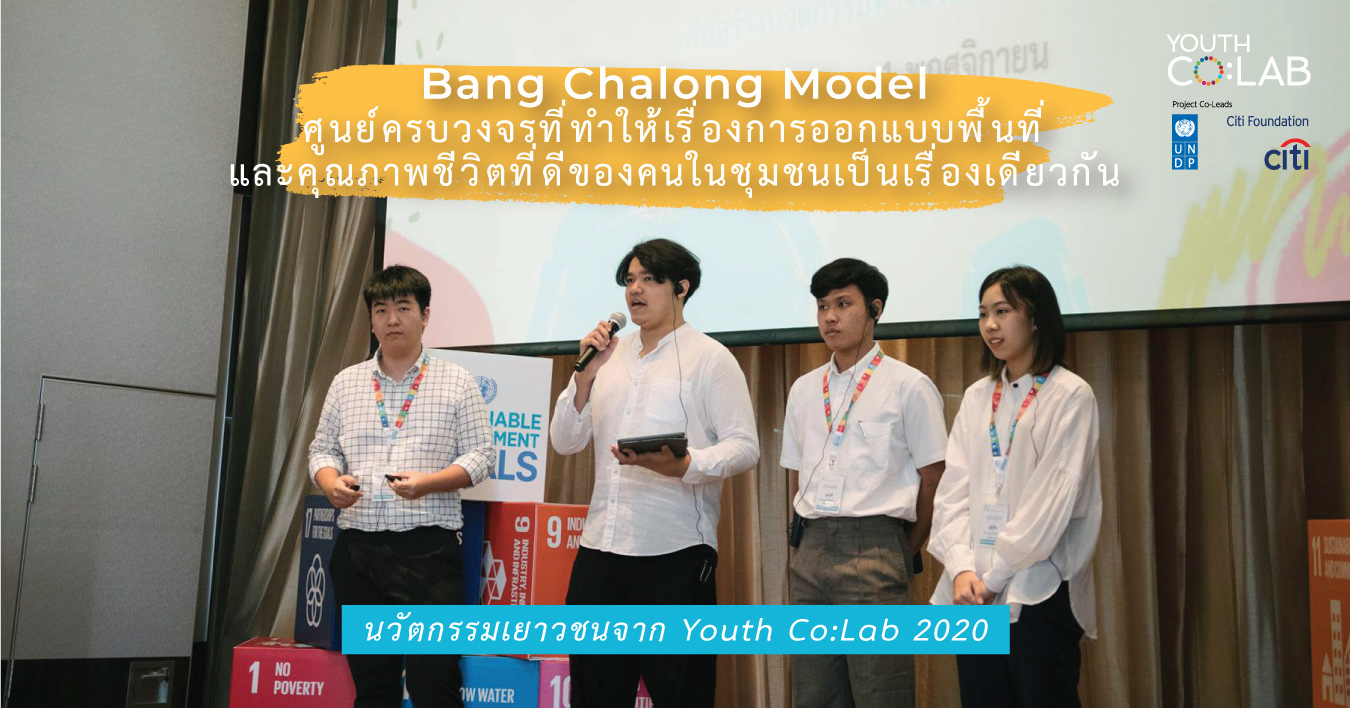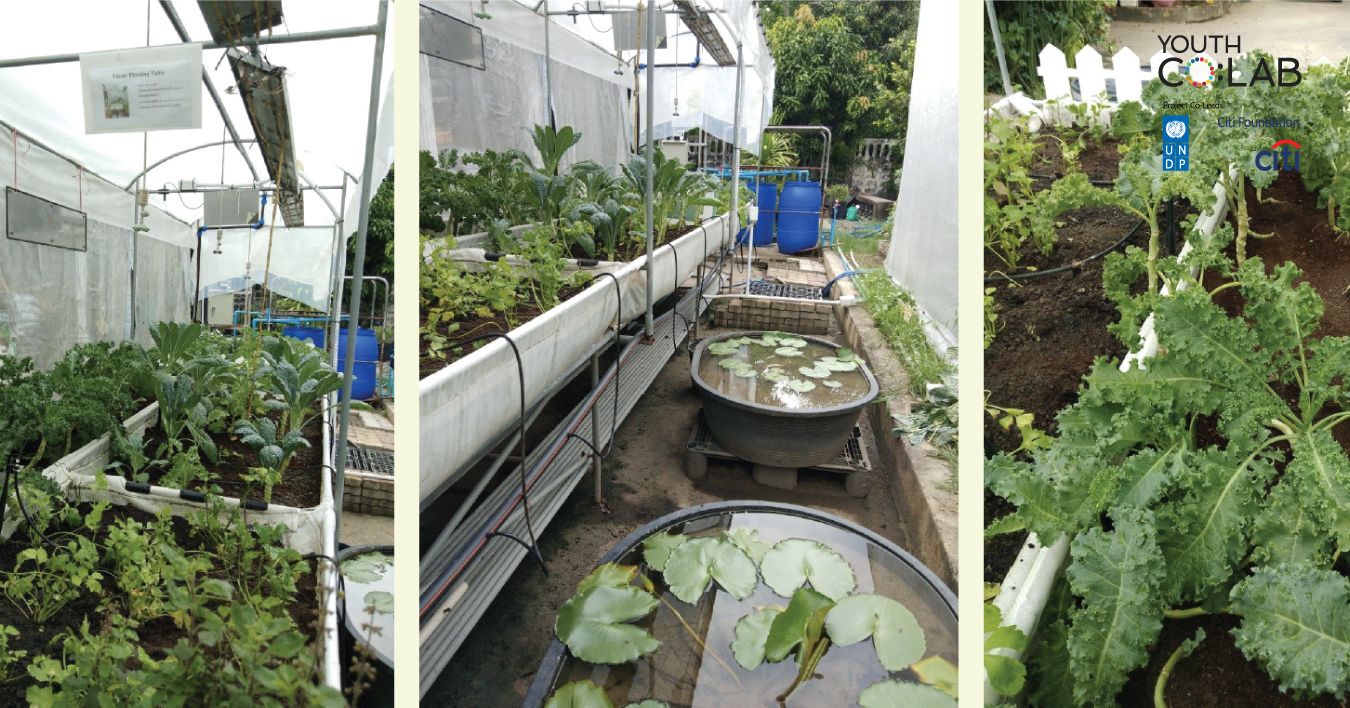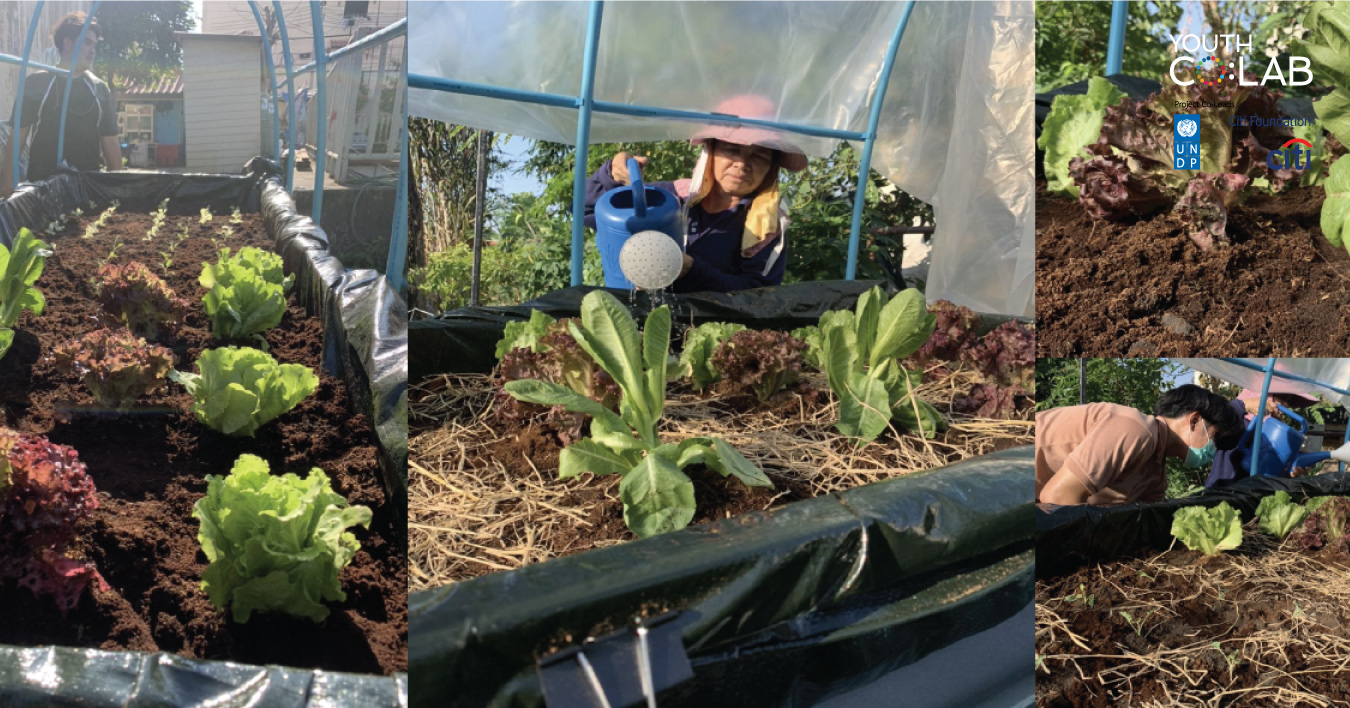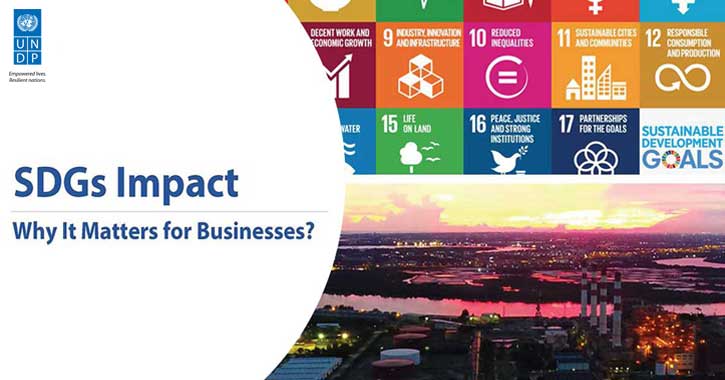- Published Date: 10/05/2021
- by: UNDP
Peace of Art: Cooking Therapy as an alternative method to create a safe space in the society

Covid-19 pandemic is returning, so are the stress and worries which follow such a situation.
Back when we first knew about the coronavirus, Ruslina “Rus” Muleng realized that it causes tremendous impacts to people. The lockdown restricted the movement and activities.
“First I was interested in art therapy and I imagined that it should be something like drawing or colouring when it comes to activities for stress relief,” explained Rus who aimed to tackle stress, not only from COVID-19 but also from general stress in life and the accumulated stress from the deep south situation, Rus’ hometown.
Entering Youth Co:Lab Workshop, Peace of Art has consulted with the expert who gave her a widening view on art that catches people’s interest. “There may not be that many people interested in art. Therefore, I get my idea revised and come up with alternatives like cooking, molding clay and other handcraft activities. These can also help to relieve stress.”
Among all listed activities, Rus found cooking the most fascinating and feasible option.
“Food is something accessible to everyone and all can do it,” During the first lockdown in 2020, she found that cooking has become many people’s activity. Additionally, among the economic recession with many businesses closed down, F&B sector is a few among the survivors. Moreover, some new restaurants have just emerged during the period.
“I’ve noticed teenagers’ behaviors, I’ve found that they like to check in, take photos and post them on Facebook. Therefore, I think making their own food will give them more value to cook their own than just buy and post.”
Peace of Art comes up with a wide concept of alternative activities that would help improve wellbeing.

Getting Ready
Rus designed her first cooking workshop to have both cooking and therapist lessons. The dishes do not have to be best in terms of the taste but focusing on expressing self and creativity.
Peace of Art’s first workshop had made a clear point right from the beginning that it is a cooking therapy workshop.
“But for some reasons, most people thought that it was a professional cooking class,” Rus added that it may be because the cooking concept is not yet prevalent in Yala Province. The workshop provides knowledge
“I’ve noticed that the workshop we’ve organized created a more safe space compared to a typical cooking class because we emphasize creativity and yourself.
The first workshop went quite well with eight participants. Rus had concluded and planned to improve the following workshop.
“I’ve found that not everyone has their stress way out by this method. People can alleviate stress in various ways such as travelling, exercising. Because not everyone likes to cook. But what I see very beneficial from organizing the workshop is that people need safe space where they can discover and express themselves.”
Rus added that many people do not normally observe stress. And do not perceive the stress they have straightforwardly. Thus, to create a safe and sound space is indeed important in such a situation.

From Stress Relief to Safe Space
Peace of Art’s second workshop no longer mentioned cooking therapy when launching the advertisement. But normally inviting people to enter the kitchen in a friendly tone. Advertised this way, more participants interested in the project. Rus aimed to create safe space as a core of this project. She let all participants introduce oneself and be called through their favorite dish.
“I intended to create an environment where we don’t need to know each other’s real name,” she explained the gimmick.
The first half of the workshop is about ice-breaking and sharing feelings.
“We had an activity called non-reflected mirror. The participants are paired and listen to each other without judging,” Rus added that the moderator provided topics to talk about such as things that one want to improve, issues that you want to encourage yourself. All the partner have to do was to listen. “Most of the time when we speak about something, we tend to be judged easily as the listener usually opines through their own lens and experience but we have not walked in the same shoes. Thus, this activity is more like to speak to yourself and to support your own.”
Apart from non-reflected mirror activity, food becomes a topic during the ice breaking. Participants asked to share their own style of the basic recipe like omelette.
As the workshop goes on, participants become more comfortable with this space. The next step comes cooking. Each was given a cake decoration set which included yogurt, cream and some fruits. The menu curated in Peace of Art Workshop does not require many ingredients or complicated recipes, but focusing on creativity and oneself.
“We want everyone to have time on their own so they can create their own recipe, add whatever they feel like on their food,” Rus explained that by giving time to oneself it may be able to reflect who they are.
“It can be seen if a person is delicate, she may add an ingredient before the others,” said Rus.
At the end of the workshop, Rus collected feedback. The overall was satisfying.
“The participants had fun. They got to talk and exchange. Most importantly, they’ve got a safe space to talk and relax.”

Build upon the project
If Peace of Art has another opportunity to develop the project, Rus said she will stick on the second workshop where the PR material does not focus on cooking therapy but to create a safe space for all. However, to have different people, gender-wise, to join the workshop is something she wanted to get through as all participants in the past workshops are female.
Additionally, in the long term, Rus is thinking about opening a cafe.
“To distinguish it from the others in the market, I may focus on cafes that make you relax. The DIY food set is on offer so that the customer can spend time with oneself. The set may include general and healthy food,” Rus added that she wanted to make everyone proud of themself and this could be a simple tool to make one value their own.
On top of the cafe idea, she considers organizing a monthly workshop that has specific activity on mindfulness. The special course for individuals is also in consideration.
If the cafe becomes real, she also thinks about reintroducing the art therapy idea by turning food to color and painting.
For Rus, she said has learned a lot from joining the Youth Co:Lab, especially with the business model canvas that was her first time to learn about it. Also with different tools provided, she can retrieve the insights from the participants so that her project gets more relevant.

















